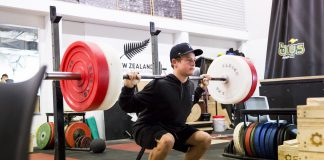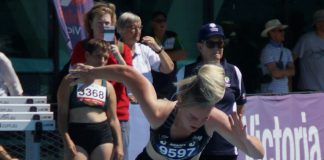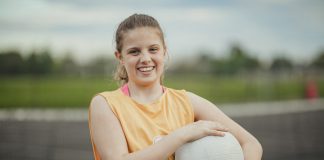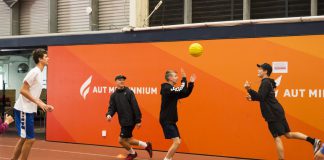Confidence is impossible to touch. Unlike speed, which can be easily measured, confidence is intangible. However, defined as one’s belief in their own abilities, it’s a defining factor in pursuing excellence.
Here’s how Braden Currie, one of New Zealand’s best multisport athletes, sees it:
“I’m a big believer in confidence. I think that no matter what you do in life, you’ve got to believe in your ability to do it. I tend to race with confidence. I don’t sit back and wonder what would happen if I go easy at the start, or cruise out of transition and work my way into it. I’ll always try and push it from the start and try and take it to the next level.”
And so, because we can’t put a number to it, in most youth sport environments confidence is left to chance. For instance, how do you help the aspiring netball shooter who chokes every time she’s under pressure? Or the pole vaulter who crushes personal bests in training, yet fails every time in competition?
Like every other competency in sport, confidence can be developed.
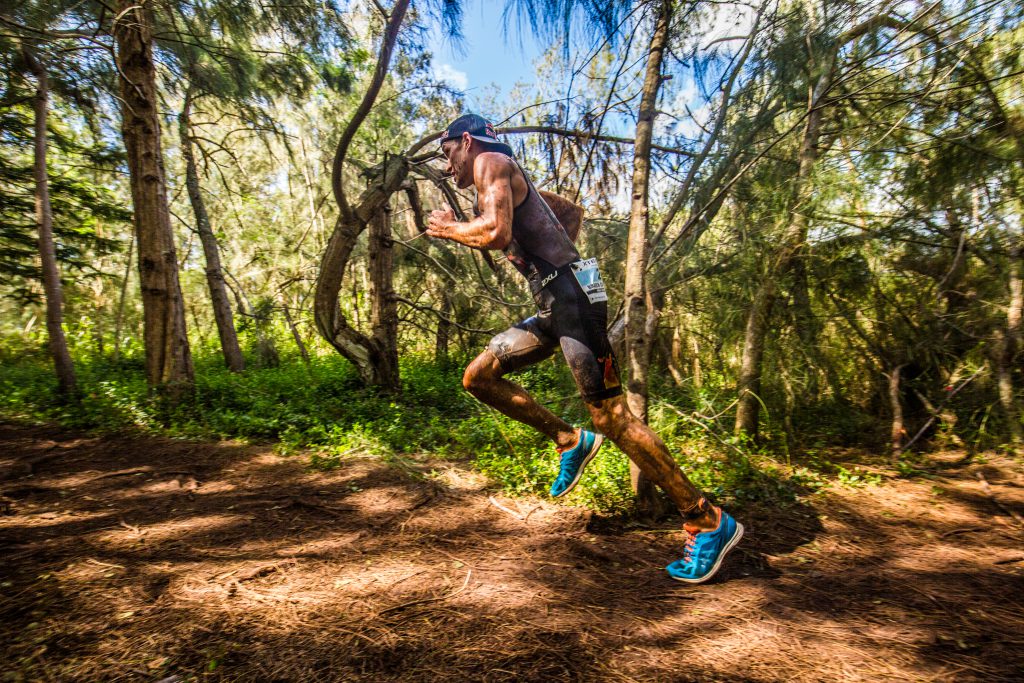
Believing in Yourself
There are two parts to confidence.
The first is self-belief. This is the story we tell ourselves about stepping towards a challenge. If our internal dialogue is negative, for instance, “I’m not good enough to compete”, “last time I tried this, I failed”, or “what will my dad think if I get this wrong?”, then it’s unlikely we’ll engage. It’s because the perceived consequences of failure outweigh the potential benefits of success, which to the people around us, is seen as a lack of confidence. On the other hand, if our internal dialogue about that same action is positive, we’re much more likely engage, appearing confident to the people around us.
Here’s an excerpt from my conversation with Dr Camilla Knight, Associate Professor in Sports Psychology at Swansea University, on the Athlete Development Show:
“We know that perceptions of competence are related to motivation. If a young athlete starts to drop in perceived competence, we see them potentially withdrawing effort, not wanting to engage anymore, not putting in as much time, not looking like they’re enjoying it. And also, just avoiding challenges, maybe choosing the easier task because then they can be successful, as opposed to putting themselves in those more challenging situations.”
Because the stories we tell ourselves are so powerful at influencing action, it’s critical we think about how they are scripted. For instance, how they are influenced by the people around us. Here’s an excerpt from my conversation with Braden.
“My parents weren’t the kind of people that pushed me to be over-confident. They didn’t know that sport could be a life. They didn’t really encourage me to go out there and perform to a high level in sport or push me and tell me that I was amazing, and tell me that I was incredible at sport and give me that feeling of confidence. I had to kind of learn it myself. I guess to this day that it’s just self-belief, that I’ve put the work in and I can race with the best of them.”
What’s more, confidence is intricately linked to perceived competence. That is, confidence arises when a young person expects to do something successfully. Crucially, perceived competence is affected by the age and developmental stage of the child. Here’s more from my conversation with Dr Camilla Knight:
“At 10, 11, 12 years of age, [kids] are becoming more aware of normative comparisons. So, [they’re] looking at people around them and understanding, okay, maybe I’m not as good as I thought, I can see that other people are better than me. And we know that at this point, perceptions of competence start to level out…they get a little more realistic around that age. As the peer comparisons continue, and we start to break ourselves down into component parts where we can judge our confidence in more specific areas, there’s the potential that adolescents aren’t receiving the best feedback, and seeing themselves as able. That’s where we see competence really start to drop off. It’s recognising that critical moment when they see themselves in relation to peers and the potential impact that can have.”
Children younger than about 10 years of age tend to reference their abilities from the significant adults in their lives. So, what a coach says or doesn’t say about their performance, or how their parents show love and encouragement, has a major impact on their self-belief, and therefore, confidence. However, once an athlete begins adolescence, and their peers become a much more important reference for their abilities, the environments he spends time in outside the family unit is the major source of confidence.
A Sense of Agency
Confidence also grows from a sense of agency. When an athlete has choice over their actions, they’re more likely to tackle the challenges they can build confidence from. Here’s Dr Knight on the importance of ownership for youth athletes during adolescence:
“It’s very much about working with athletes to get them back looking at themselves, and identifying what they’re good at, and identifying the little steps that they would like to take. It’s about giving them some ownership, giving them some autonomy for the activities, letting them choose, but then giving them the encouragement. The more the athlete gets to guide things themselves, the more they’re going to want to engage.”
What’s important is that the result of the challenge doesn’t necessarily matter. An athlete can fail but still take confidence from that fact that it was their decision to engage with it. It’s the difference between feeling controlled by the challenge and referencing it to show progress. However, this only works when we value a patient process. Confidence is developed by building self-belief over time, not by trying to fast-track an outcome.
While patience is essential to developing confidence, so is positive encouragement. Left to their own accord, young athletes can get comfortable. And when consistently exposed to and conquering new challenges, confidence can waver. It’s why great parents and coaches provide a range of new and interesting challenges, then nudge their kids towards them. Here’s an excerpt from a conversation I had with a 15-year-old tennis player about his coach:
“He’s a great coach because he cares. I love how he changes training to suit our needs and what we feel like doing on the day. But he expects a lot from us and always makes us work hard.”
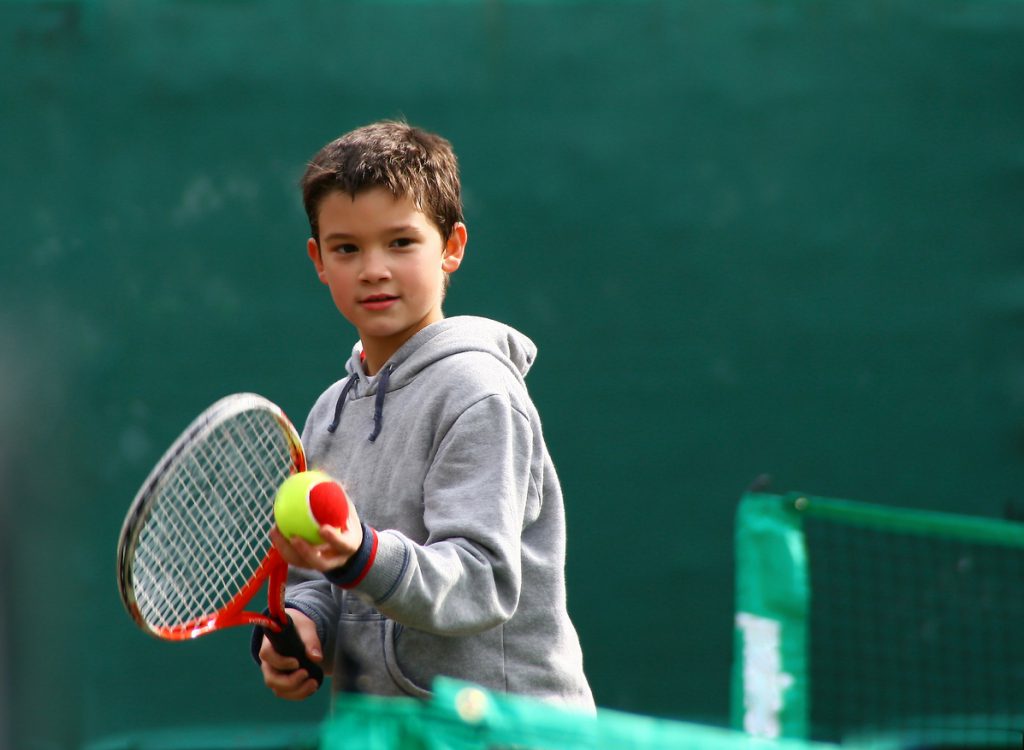 Gathering Evidence
Gathering Evidence
The second part of confidence is the accumulation of success. Building mini-accomplishment on top of mini-accomplishment provides a youth athlete with a ’bank of confidence’ they can withdrawal from when the need it most.
Small Wins
Small wins are about doing something well, and are a great way to think about gathering evidence of success. For instance, if an athlete can do one more repetition than they did the day before, or when they attempt an exercise for the first time. Perhaps they arrive on time after habitually showing up late, or cooperate with a teammate instead of prioritising themselves to achieve something great.
“Giving [the young athlete] opportunities to see themselves succeed is important. Sometimes it’s about putting the situation together that you know they’ll be successful in, then making it slightly harder. One of the best sources of confidence is success, so you want to give those opportunities.”
– Dr Camilla Knight
Leveraging small wins requires two essential ingredients. First, we must provide the opportunity for a small win to occur in the first place. A training environment set up for athletes to both master the old, while trying new things, is one rich in opportunity for small wins. Here’s more from Braden Currie:
“I’m a big believer that a kid will find their own path, and I want to give my kids every opportunity to do that. I think for kids it’s about developing skills and having fun with sport, and being all-round good at them, having so many different sports to choose from. And I think they’ll find their place and find confidence from that.”
Second, we must catch our athletes winning. Research shows that positively reinforcing the things an athlete does well, while paying less attention to their weaknesses, increases confidence. Here’s an excerpt from my conversation with Nathan Wallis, famed neuroscience educator, on the Athlete Development Show:
“Spend 10 times the energy on the thing that they did right because that’s what is going to reproduce that behaviour in the future. And focusing 10 times the energy on what was just done wrong is giving the brain 10 times the information on how not to do it.”
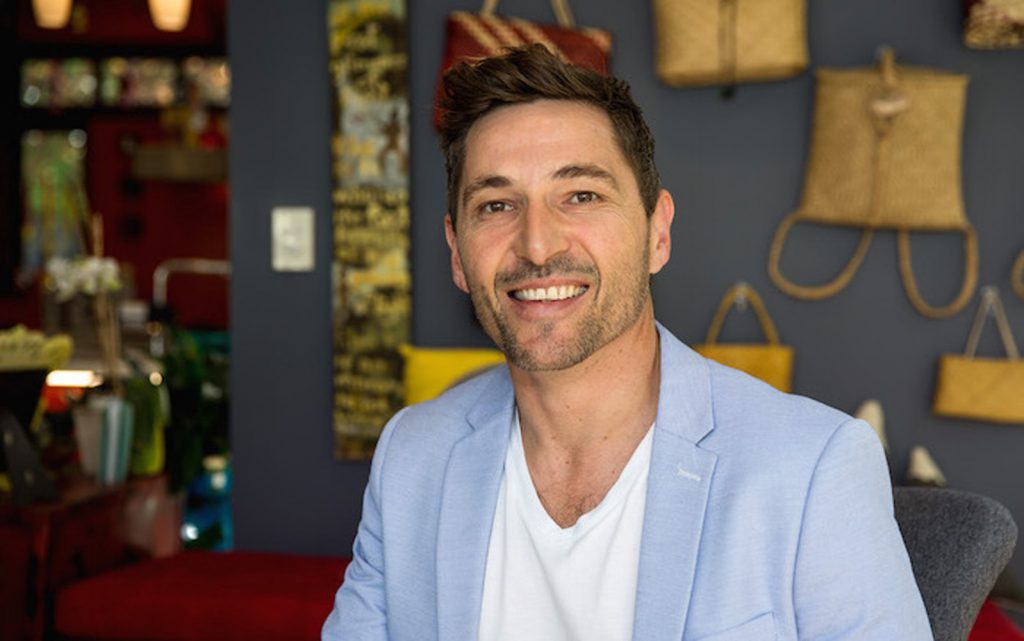 To Wrap
To Wrap
This is how to help a young athlete develop confidence:
- During childhood, provide kids many different opportunities to help them find out what they like and do well.
- Encourage what they do well (particularly effort) without giving them a false sense of reality.
- Recognise the critical moment when they see themselves in relation to peers and the potential impact it may have.
- Help identify the little steps they need to take to get better. Then, give them some ownership over the process.
- Provide interesting problems to solve in training, individualise them as much as possible, and nudge a young person towards them.
- Catch them winning.
- Reward what they do well and forget about what they don’t.
If your child is struggling with confidence or facing a difficult challenge in their sport that is holding them back from being the best they can be, I’d love to help.
Click HERE, fill out the booking form and jump on a free 20 min call with me today.






























